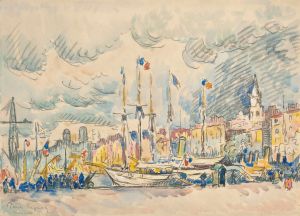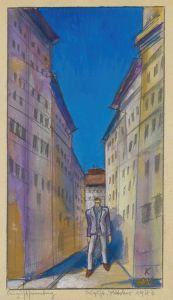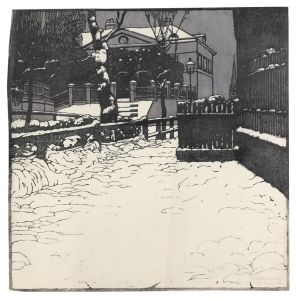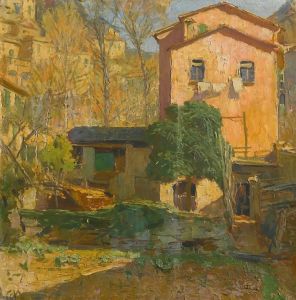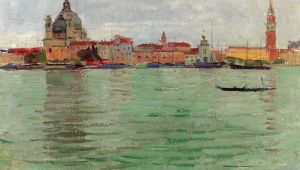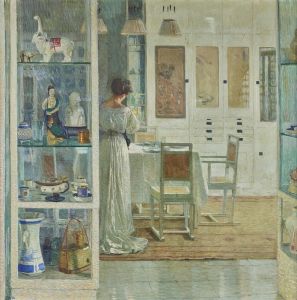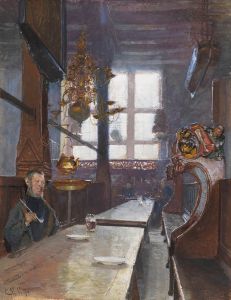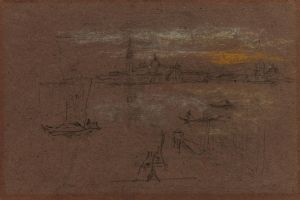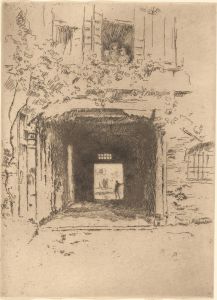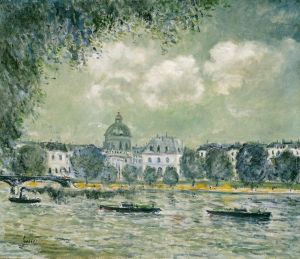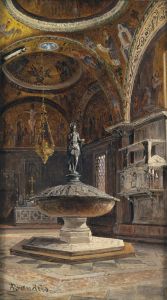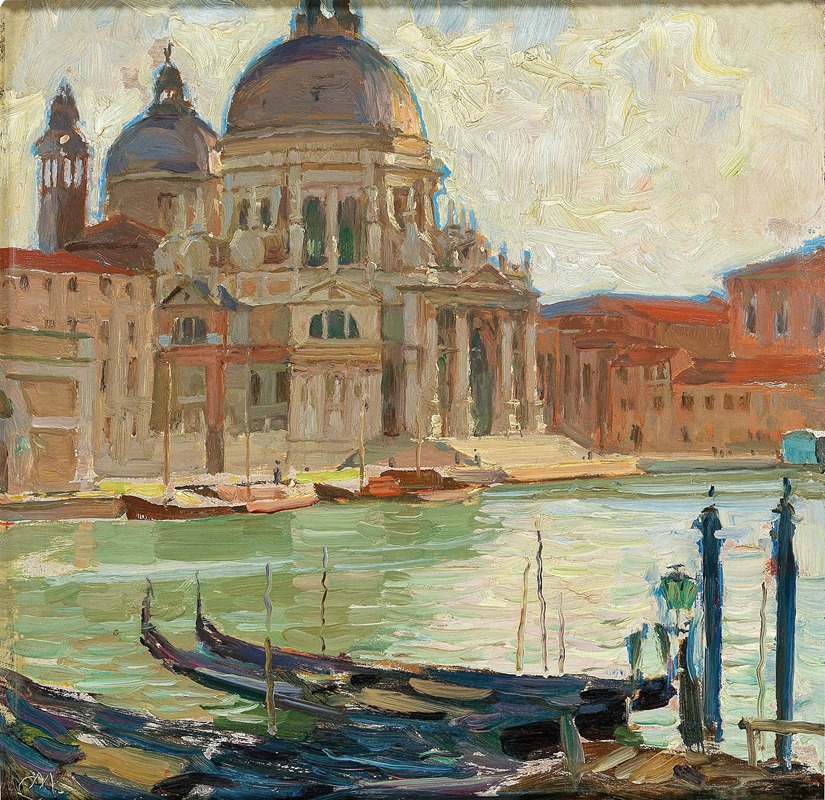
Kirche in Venedig
A hand-painted replica of Carl Moll’s masterpiece Kirche in Venedig, meticulously crafted by professional artists to capture the true essence of the original. Each piece is created with museum-quality canvas and rare mineral pigments, carefully painted by experienced artists with delicate brushstrokes and rich, layered colors to perfectly recreate the texture of the original artwork. Unlike machine-printed reproductions, this hand-painted version brings the painting to life, infused with the artist’s emotions and skill in every stroke. Whether for personal collection or home decoration, it instantly elevates the artistic atmosphere of any space.
Carl Moll (1861-1945) was an Austrian painter associated with the Vienna Secession movement, which sought to break away from traditional academic art and explore new artistic expressions. Moll was known for his landscapes and cityscapes, often capturing the serene and picturesque aspects of his surroundings with a keen eye for detail and a subtle use of color.
One of Moll's notable works is "Kirche in Venedig" (Church in Venice), which exemplifies his ability to depict architectural beauty and the tranquil atmosphere of urban settings. This painting, created in the early 20th century, showcases Moll's skill in rendering light and shadow, as well as his meticulous attention to the interplay of colors.
"Kirche in Venedig" portrays a Venetian church, likely one of the many historic and architecturally significant churches that dot the city. Venice, with its unique canals and rich cultural heritage, has long been a source of inspiration for artists. Moll's depiction captures the essence of Venetian architecture, characterized by its ornate facades, intricate details, and harmonious proportions.
In this painting, Moll employs a soft, almost impressionistic approach to capture the light reflecting off the church's surfaces and the surrounding environment. The use of light and shadow creates a sense of depth and dimension, drawing the viewer's eye into the scene. The color palette is subdued yet rich, with earthy tones and subtle highlights that evoke the timeless beauty of Venice.
Moll's attention to detail is evident in the careful rendering of architectural elements, such as the church's columns, arches, and decorative motifs. These details not only showcase his technical skill but also his appreciation for the historical and cultural significance of the structures he depicted. The painting conveys a sense of tranquility and reverence, inviting viewers to pause and appreciate the serene beauty of the scene.
As a member of the Vienna Secession, Moll was influenced by the movement's emphasis on artistic innovation and individuality. The Secessionists sought to create art that was free from the constraints of academic tradition, and Moll's work reflects this ethos. "Kirche in Venedig" demonstrates his ability to blend traditional subject matter with a modern sensibility, resulting in a work that is both timeless and contemporary.
Carl Moll's contributions to the Vienna Secession and his distinctive artistic style have earned him a place in the history of Austrian art. "Kirche in Venedig" stands as a testament to his talent and his ability to capture the beauty of the world around him. Through his meticulous technique and sensitive portrayal of light and color, Moll invites viewers to experience the quiet elegance of Venice and the enduring charm of its architectural heritage.





